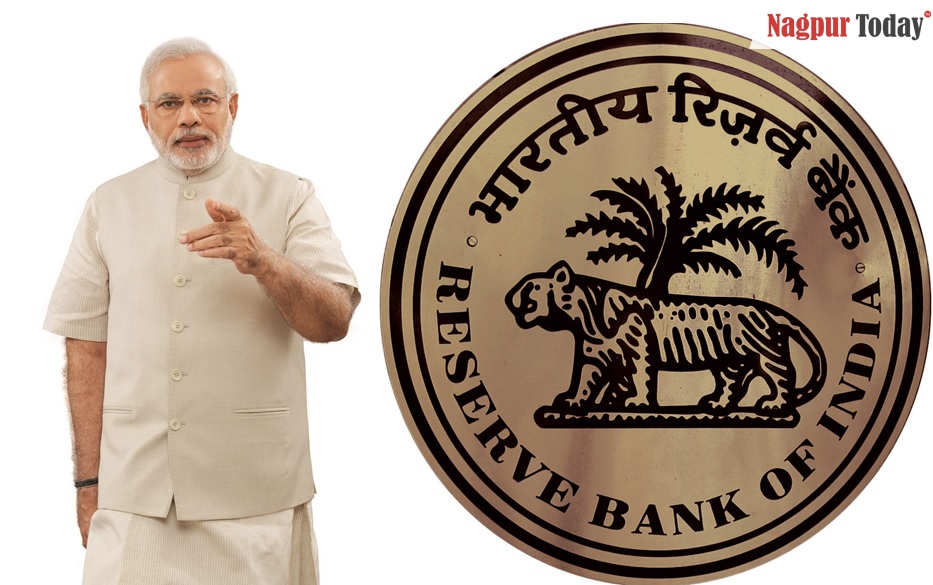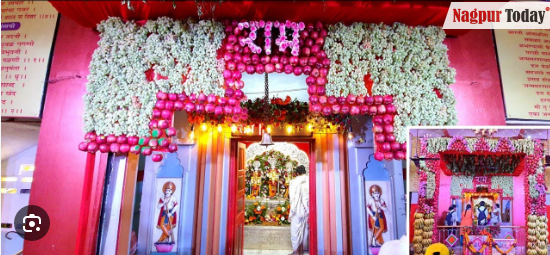Nagpur: Renowned economist Vijay Ghorpade has raised serious concerns about the financial health of the Reserve Bank of India (RBI), alleging that Prime Minister Narendra Modi’s Government has driven the institution perilously close to insolvency. These claims, as reported by journalist Syed Ali Mujtaba of Clarion India, highlight a series of unprecedented actions by the government that have led to a drastic reduction in the RBI’s reserves.
Ghorpade’s assertions suggest that the Modi Government, in preparation for the 2024 Lok Sabha election, has withdrawn a staggering sum of Rs 1.65 lakh crore from the RBI, depleting its reserves to a mere Rs 30,000 crore. This move, unprecedented in Indian governance history, starkly contrasts with past practices where governments typically withdrew only a portion of the RBI’s profits, leaving the institution financially stable.
The economist’s insights are particularly noteworthy given his affiliation with the Republican Sena, a political party founded by Anandraj Ambedkar, grandson of Dr. Bhimrao Ambedkar, the principal Architect of the Indian Constitution. His background in Dr. Ambedkar’s ideologies, coupled with his academic credentials from Kavayitri Bahinabai Chaudhari North Maharashtra University, Jalgaon, lends credence to his analysis.
The Modi Government’s contentious relationship with the RBI dates back to 2018 when then-Governor Urjit Patel resisted demands to surrender the bank’s entire profits. Patel’s subsequent resignation marked a pivotal moment in the ongoing power struggle between the government and the central bank. The formation of a committee chaired by former RBI Governor Bimal Jalan further underscored the government’s determination to access RBI funds, as alleged by Ghorpade.
A comparative analysis between the tenures of former Prime Minister Dr. Manmohan Singh and Prime Minister Modi reveals a concerning trend. While Singh’s government withdrew a comparatively modest Rs 1,01,679 crore from the RBI over eight years, Modi’s administration reportedly extracted a staggering Rs 5,74,976 crore within a similar timeframe, indicating a fivefold increase in financial pressure on the central bank.
Ghorpade paints a grim picture of the RBI’s ability to address the financial woes of India’s banking sector. With institutions like Lakshmi Vilas Bank, Yes Bank, and DHFL teetering on the brink of insolvency, and others being privatized or sold to foreign entities, the repercussions of the government’s alleged economic mismanagement are palpable.
The economist further alleges that the Modi Government’s policy shifts have not been limited to the RBI but have also extended to corporate laws, resulting in a surge of bankruptcies and non-performing assets. While thousands of companies have faced insolvency, the government has facilitated the entry of numerous new enterprises, exacerbating the lending crisis.
Ghorpade highlights the government’s apparent indifference to rising inflation, which has persisted unchecked for six months. He attributes this lack of action to the government’s influence over the RBI board, suggesting a lack of accountability in addressing economic challenges.
Dwindling economic conditions in India and corruption were the main issues in the regime change in 2014. The situation in 2024 is much worse, but will the regime change in such adverse conditions, or will Hindu religious nationalism save the sinking boat of the Modi Government is something that remains to be seen.

















